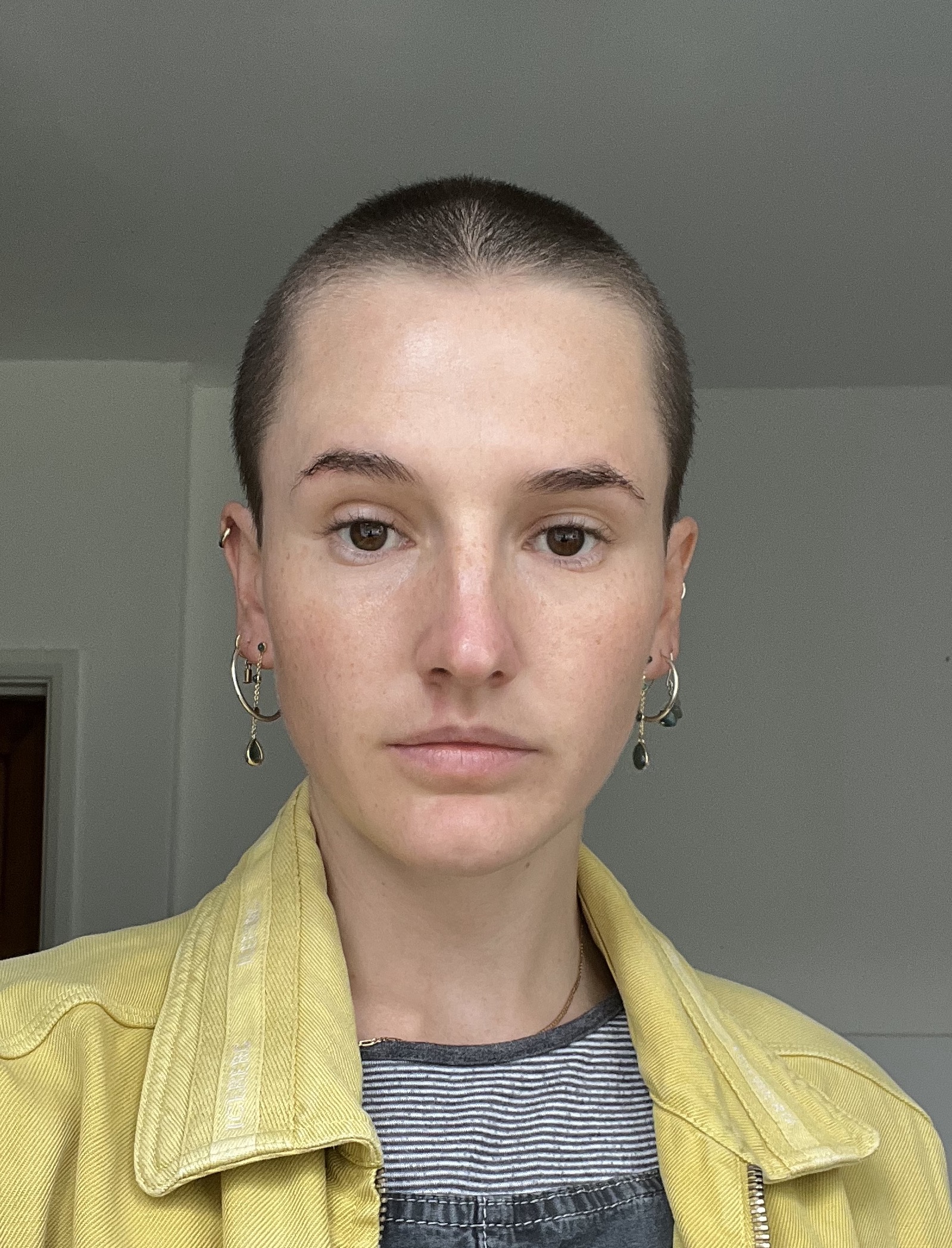Elli Heyes
I am final year PhD student at City, University of London and soon to be postdoctoral researcher at Imperial College London. Broadly speaking my research involves using techniques from data science and machine learning to study compactification spaces in string theory, namely Calabi-Yau manifolds and G2 manifolds. I attended LOGML just before I started my PhD and learnt a lot, so I look forward to being part of LOGML once again this time as a mentor.
Project
Calabi-Yau manifolds are of interest in string theory as they describe the shape of the extra dimensions that arise in the theory. It is an active area of research to construct new Calabi-Yau manifolds, and in this project we will use genetic algorithms to generate Calabi-Yau manifolds arising from the construction of hypersurfaces in toric varieties. This was pioneered in the preprint “New Calabi-Yau Manifolds from Genetic Algorithms” (https://arxiv.org/abs/2306.06159). Using our algorithm we will search for Calabi-Yau manifolds with the set of properties that are required in order to give rise to the physics of the Standard Model. Time permitting, we may experiment with more complicated algorithms, for example by combining genetic algorithms with neural networks to optimise the evolutionary process.
